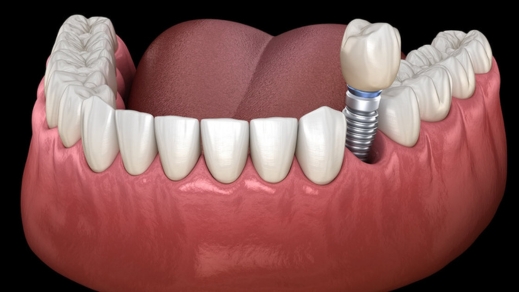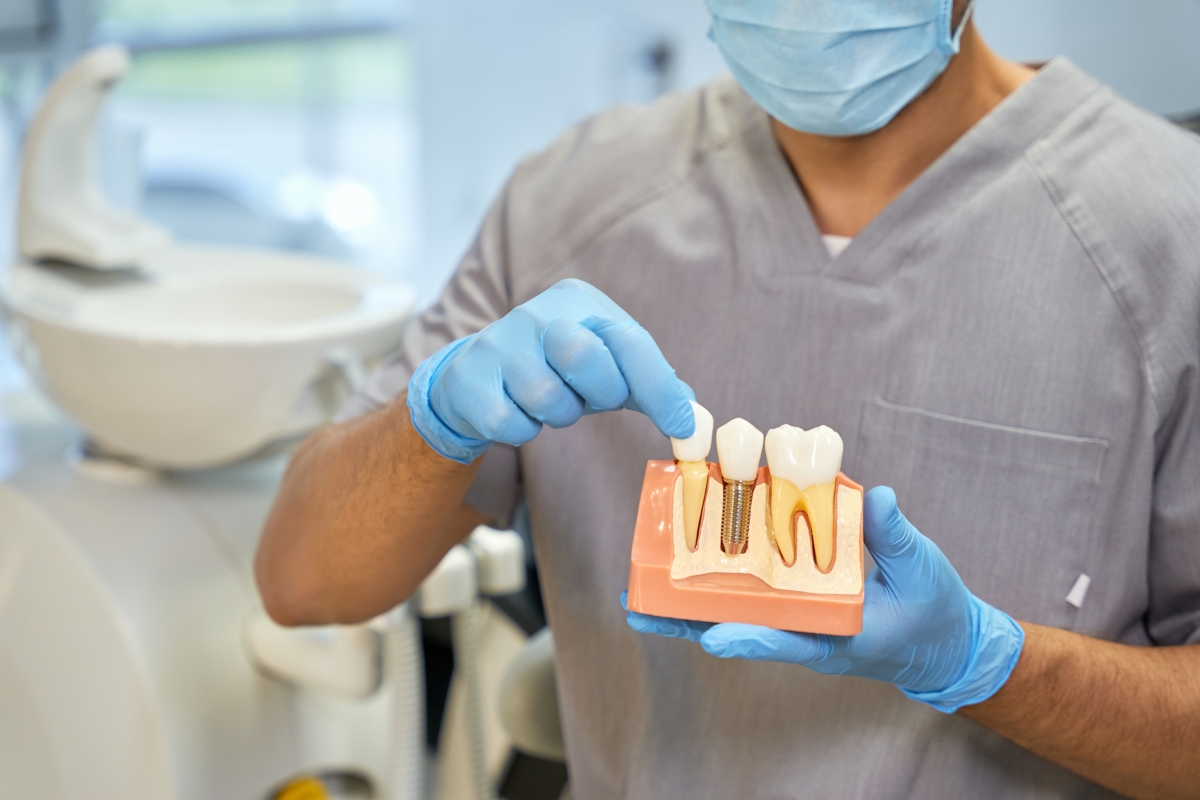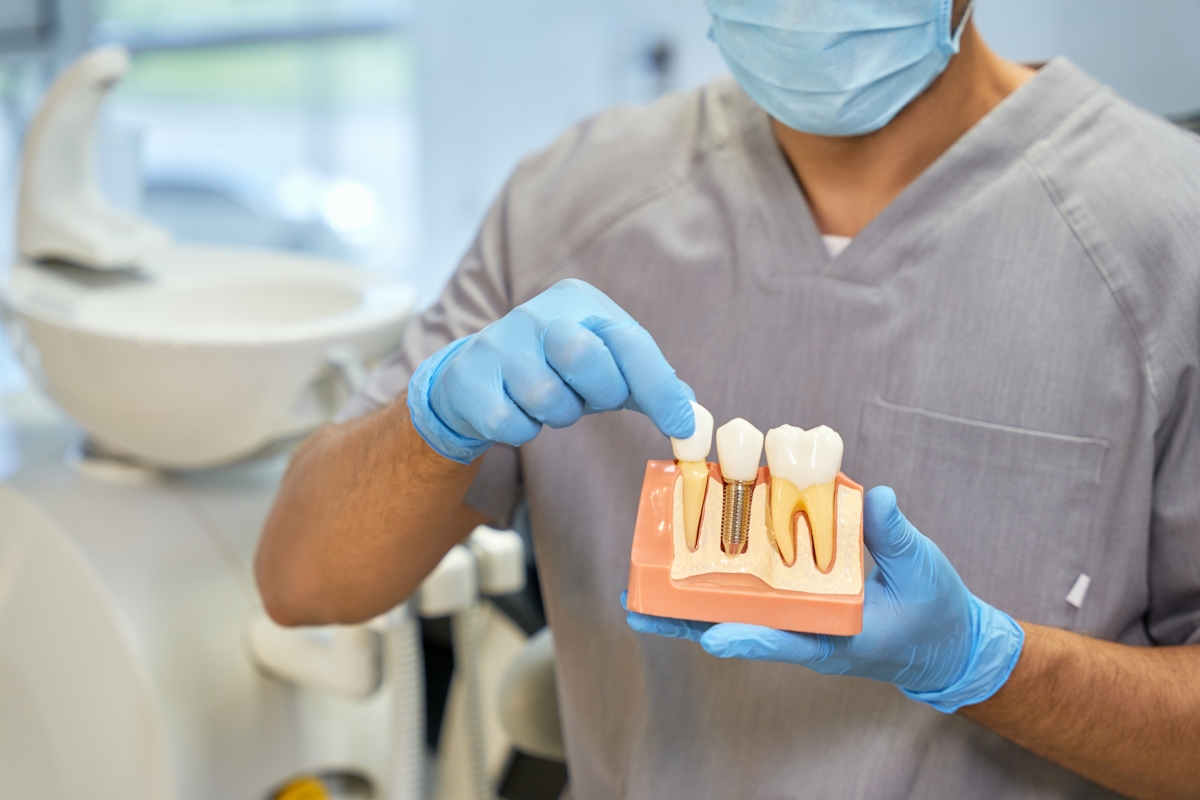We accept Medicare
How Long to Wait for Dental Implants After Extraction?

It’s never only a tooth. That small gap left behind when a tooth is extracted? It can change your entire bite, lead to bone loss, and affect the way your smile feels and looks. If dental implants are on your mind, timing is more important than most folks consider. However, this is where things become complicated—the one-size-fits-all timeline does not exist.
What works for someone else may not work for your mouth. Healing speed, bone density, and overall dental stability all play a role in the placement of dental implants after extraction. And yes, what kind of extraction you had counts too.
Here’s the breakdown—plain, straightforward, and no frills.
Why the Wait?
Once a tooth is extracted, your body enters repair mode. The bone around it begins to reshape, and the gums close over it. But here’s the catch—your jawbone must be strong enough to hold an implant. That takes time. Placing dental implants too soon after extraction can cause them to fail. Waiting too long, though, might cause bone loss, making implants more challenging to set later.
General Timelines (But Not Rules)
Even though your dentist will adapt the plan to your case, these are the most usual scenarios:
Immediate Implant Placement
If your jawbone is healthy and not infected, your dentist may implant the tooth on the same day as the removal. This saves bone loss and reduces treatment time. It is accurate, but not always feasible.
Early Implant Placement
This is usually achieved in 2 to 3 months following extraction. Gums start to heal, though bone is not yet remodeled. It is best for individuals with less damaged bone but with faster desires nonetheless.
Delayed Implant Placement
Most often used after 3 to 6 months, especially if an infection or significant bone loss has occurred. This gives the site enough time to heal fully. If bone grafting was done, you’re likely looking at the longer end of this range.
Bone Health Is Everything
Even the best implants will not survive in poor bone. Once a tooth is removed, the jawbone begins to resorb in the absence of stimulation from a tooth root. That’s where dental implants step in—they integrate with bone and restore that all-important function. If bone loss has already begun, grafting may be required before proceeding.
Dental Implants after extraction aren’t solely cosmetic. They restore biting, speaking, and permanent tooth function. In areas like Orlando, where dental technology is evolving rapidly, patients have more individualized options than ever.
Don’t Rush, Don’t Wait Too Long
Yes, there is a sweet spot. Moving too fast could be a mistake. Holding out forever could create problems. That’s why your dentist will evaluate all of it—X-rays, bone density tests, your medical history—before presenting a timeline.
You should have an oral care plan tailored to your mouth, not someone else’s.
If you’re considering dental implants in Orlando FL, now is the time to make that initial step. Consult with a dentist in Orlando who knows not only teeth, but individuals. Your smile, your well-being, and your schedule are essential.
Call now to arrange an appointment—because the right moment for you may be nearer than you realize.



